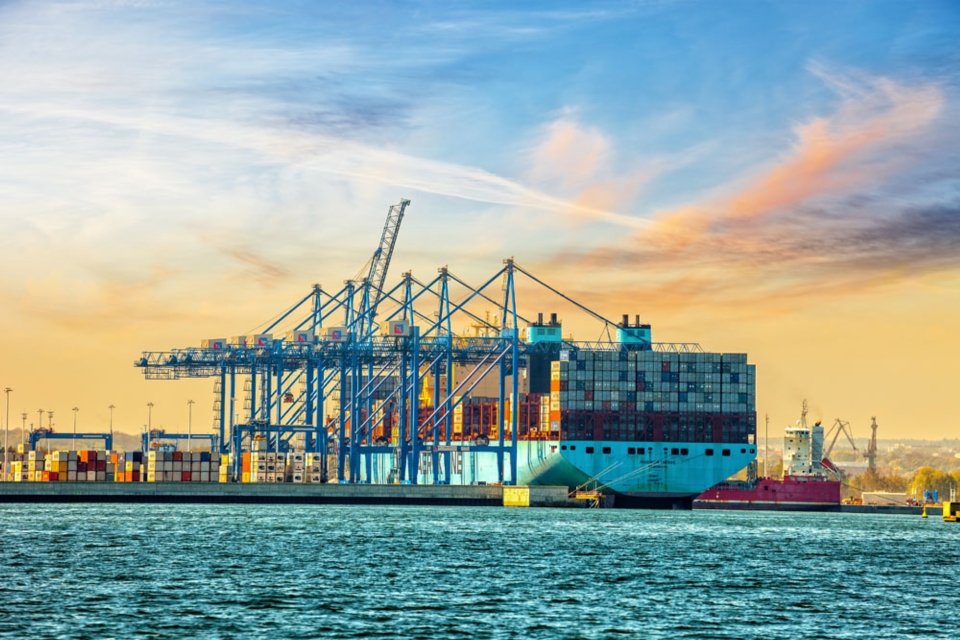Red Sea Risks Persist as Shipping Industry Gains Momentum from Peak Season and Falling Oil Prices
2025/11/25 | By CENS
Global container shipping has experienced tight capacity and elevated freight rates over the past two years due to rerouting around the Red Sea. Although the Houthi group controlling the region has recently suggested a pause in attacks on merchant vessels, major carriers—including Asia’s leading shipping lines—remain cautious and continue to avoid the Red Sea for safety reasons.
The disruption began in October 2023, when renewed regional tensions triggered a series of attacks on vessels transiting the Red Sea. As the situation escalated in December, major shipping companies suspended Red Sea routes and rerouted vessels around Africa’s Cape of Good Hope. This extended transit times, raised fuel consumption, and pushed freight rates higher. While a ceasefire agreement was signed earlier this year, recent clashes have reintroduced uncertainty into the shipping corridor.
Despite ongoing geopolitical risks, several positive industry signals have emerged. International oil prices have remained weak throughout the year, US–China trade tensions have eased, and the sector has entered its traditional peak season. Rising cargo volumes from Asia are contributing to stronger operational momentum for global carriers.
Goldman Sachs forecasts that persistent oversupply could keep oil prices under downward pressure into next year, allowing shipping operators to benefit from lower fuel costs. In addition, the recent mutual suspension of port-related fees between the United States and China has reduced cost burdens for carriers. Industry observers note that easing geopolitical risks, declining energy costs, and fourth-quarter peak demand in Asia are collectively improving the outlook for the shipping industry.
Oil remains one of the largest cost components for global shipping. With OPEC+ expanding production since April and major producers such as the United States and Brazil increasing output, oversupply concerns continue to weigh on oil prices. Combined with easing trade tensions, the current environment offers a more favorable cost structure for carriers heading into 2026.

